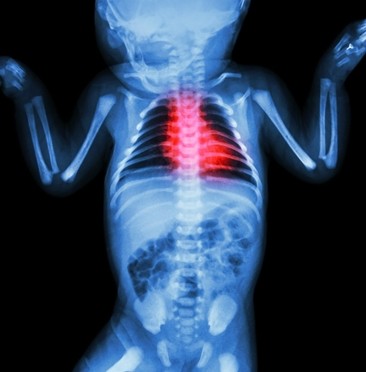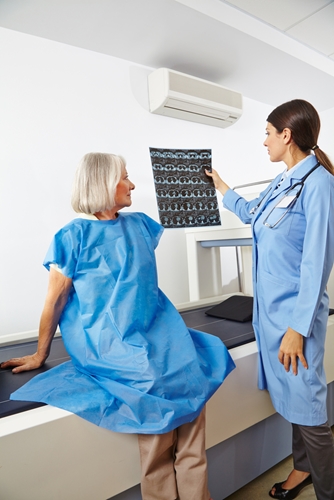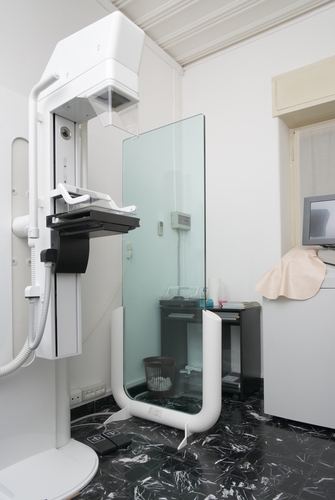CT scans have become the go-to diagnostic imaging test for health care providers. They aid in determining injuries and diseases, developing treatment plans and monitoring the state of condition. However, a new study shows that CT might not be the best device to use when it comes to children and young adults. Contrast-enhanced ultrasounds provide a safer and more efficient method for medical imaging.
CEUS safer than CT
While presenting at the American Institute of Ultrasound in Medicine meeting, researchers from King's College Hospital in the U.K. announced that using CEUS prevented children from being exposed to unnecessary radiation during treatment. The digital imaging test showed the same results as CT scans, but left out the element that makes some examinations potentially dangerous for patients of young ages. The CEUS even found complications that the original CT had missed.
"Our initial experience shows that CEUS diagnostic accuracy equals that of CT," Annamaria Deganello, M.D., researcher and consultant radiologist at King's College Hospital, told AuntMinnie.com. "We could correctly diagnose all complications that were seen on CT, but we could do it in a safe, radiation-free way [and that's] very important for these children."
Of the 766 participants in the study with solid-organ injuries, 112 had follow-up CT scans while 37 had a follow-up CEUS. In three of the latter, the medical imaging device was able to pick up lesions that the CT had missed, even after multiple attempts.
"CEUS can really be a viable alternative to CT for the follow-up of [solid-organ] injuries in this vulnerable population," Deganello explained.
All imaging comes with its risks
While the benefits of CT scans outweigh the risks, there are still concerns over patients' exposure to radiation. The dosage that people receive during these exams can increase the chance of developing certain health conditions, especially in children, the World Health Organization reported. Even a small amount of radiation exposes young adults and children to risks that cannot be ignored. However, the WHO does not recommend that physicians exclude CT scans from diagnoses. This type of imaging needs to be used sparingly and only in small doses.
Ultrasounds do not use radiation and provide a safer alternative for minors. Instead, these scans use high-frequency sound waves to capture real-time images, the U.S. Food and Drug Administration explained. Ultrasounds can capture the movement of internal organs and blood flow with the use of contrast agents. However, even those come with risks. While there is no ionizing radiation, the dyes can cause allergic reactions and come with innumerable side effects, such as headaches, nausea and rashes, Radiology Info explained.
Both CT and CEUS come with the benefits and risks, but when it comes to internal injuries in children, the latter may be the safer and more accurate option.
Contact Viztek for more information.
Ronny Bachrach
Latest posts by Ronny Bachrach (see all)
- Konica Minolta Debuts First-of-Its-Kind Digital U-Arm System at AHRA - July 27, 2016
- Researchers Detect Signs Of Stroke Risk Using MRI - June 27, 2016
- Imaging Biz: Q&A with David S. Channin MD: How to Make PACS Patient Centered - June 22, 2016










